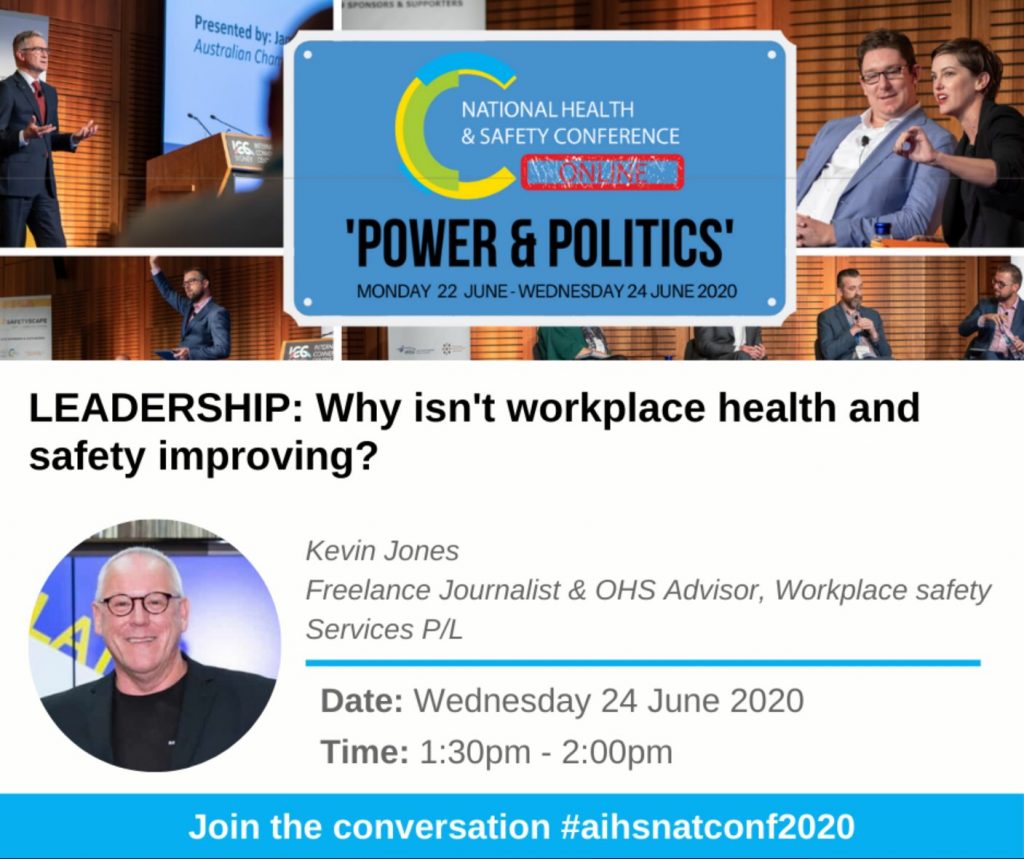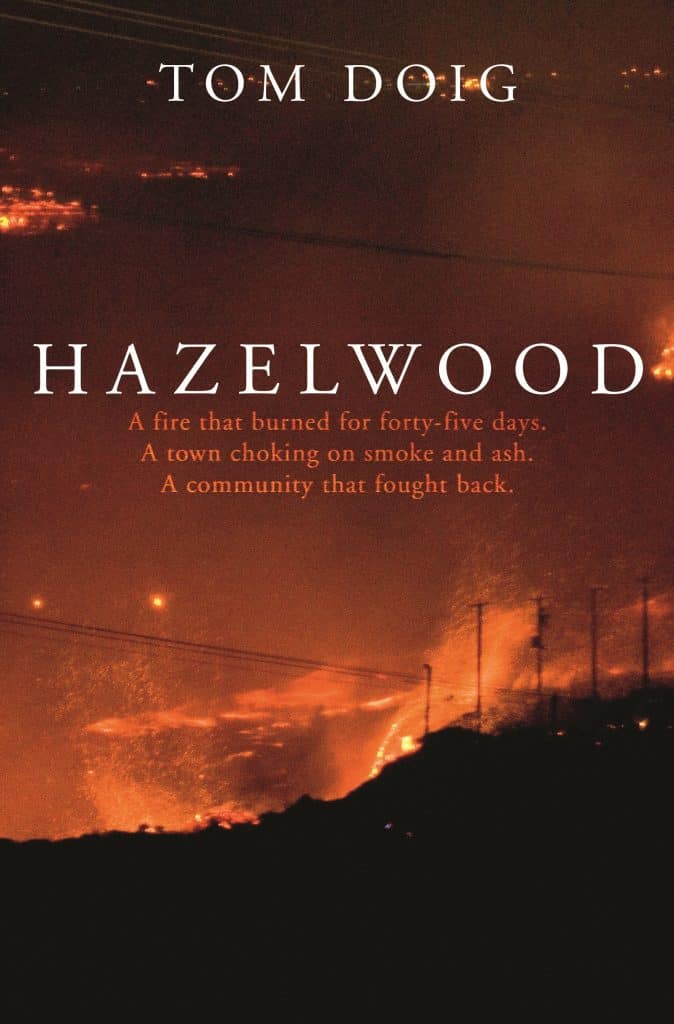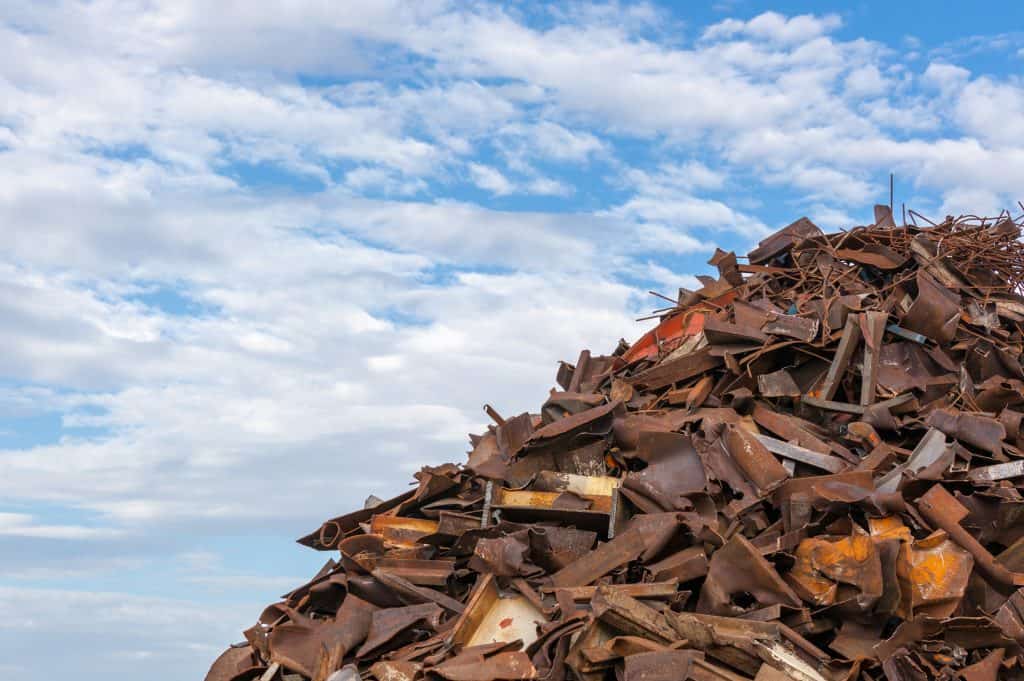Government policies that directly affect occupational health and safety (OHS) have been determined on a tripartite structure for many decades. This model comprises of representatives from business groups and trade unions in a consultation usually led by the government representatives. SafetyAtWorkBlog believes that this structure excludes important voices and is outdated, especially in a time when technology and the internet allows for a much broader consultation.

The limitations of the tripartite structure were on display recently when the Australian Government released the names of the organisations involved in the review of the industrial relations system. It is worth reading the list for you to understand who will be deciding your working future. It is also worth considering whether the negative OHS impacts of job and employment structures will be given the attention they deserve.





